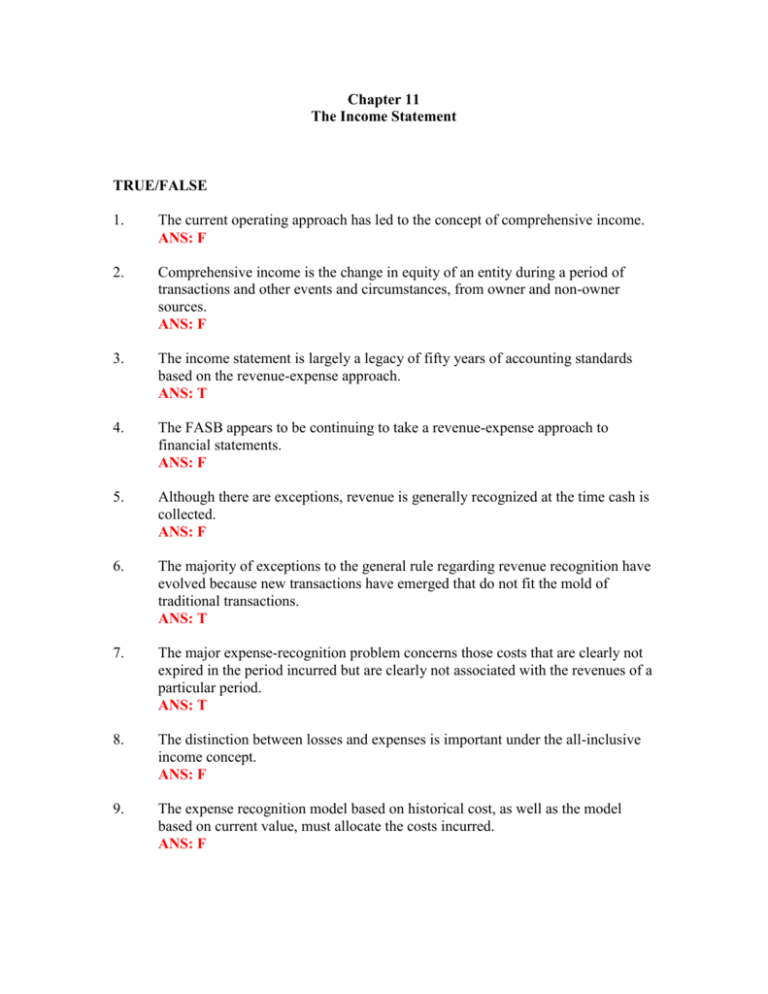

Losses from disasters not commonly insured against (e.g., wars, riots, and earthquakes), assuming that such losses are not routine losses as in the case of oil rigs, high risk manufacturing facilities etc.Įxceptional losses from writing off intangibles, such as goodwill or trademarks Un-amortized bond discounts, bond premiums, or bond issue expenses when the related debt is retired or refunded before maturity. It includes amounts of a non-recurring nature specifically related to prior years’ operations, such as eliminating previously established retained earnings reserves or adjusting past income taxes.Įxceptional items also include any amounts resulting from unusual sales of assets not of the type in which the company commonly deals like a steel company selling some of its assets and machinery. What does extraordinary items normally consist of? Why to sequester extraordinary and exceptional items?Įxtraordinary items are specified as allowed to be excluded from net income if the inclusion would cause users to draw misleading conclusions from an analysis of net income. This is necessitated if the exceptional is more than Rs.10 lakhs or more than 10% of profits. All listed companies with significant exceptional items have to report to the reasons to the stock exchange. These exceptional items assume significance from the perspective of Schedule VI of Companies Act, 1956 Schedule III of Companies Act, 2013, and clause 41 of listing agreement. Hence, an extraordinary item can either enhance the profits or can reduce the profits. An extraordinary item can be a source of income or expense. Let us begin by looking at exceptional items as a transaction that is not in the normal course of business.

What do we understand by exceptional and extraordinary items? Let us also look at the impact with examples of extraordinary items on financial statements. Let us also look at the effects of unusual or irregular items on financial statements. Let us look at unusual or infrequent items income statement and assess how they impact the profitability and the growth guidance. Hence they need to be excluded from calculations. For example, if a steel company has reported a 100% growth in profits and the entire growth is coming from the sale of investments, then you can distort your view on growth by considering these items. They need to be reported separately so that they can be excluded for a lot of analytical purposes. As the names suggests, these are transactions that occur outside the normal course of the operations of the company. When you evaluate the financial statements of a company, one of the common things you get to see is the presence of extraordinary items or exceptional items.


 0 kommentar(er)
0 kommentar(er)
